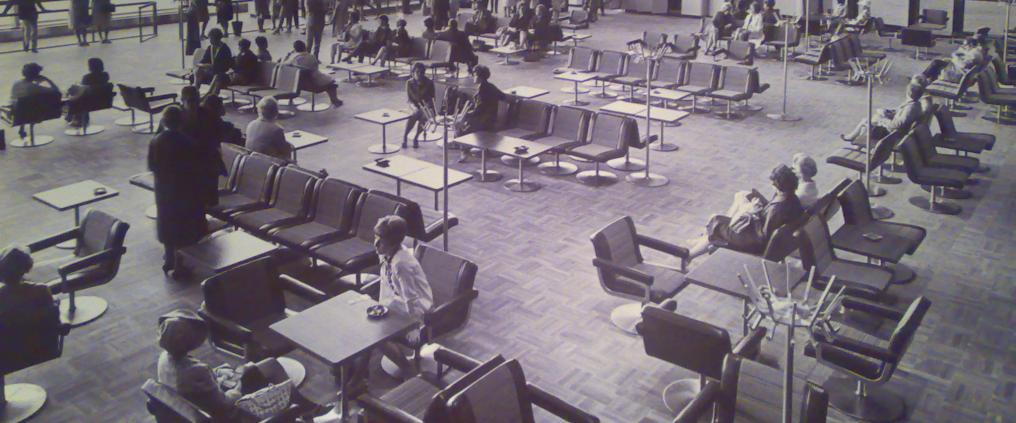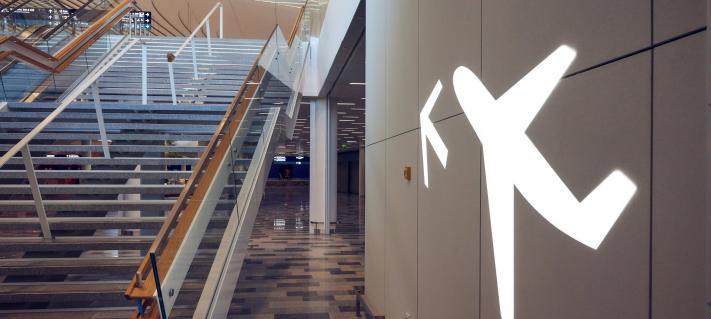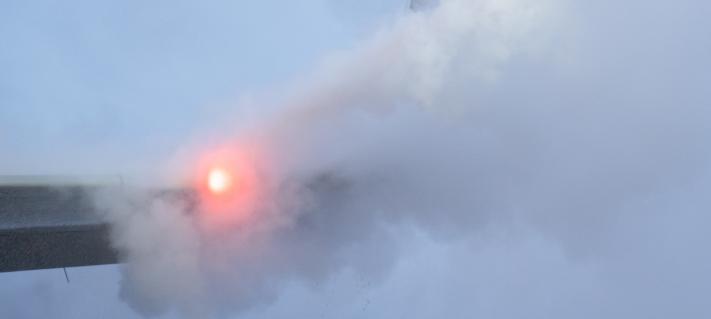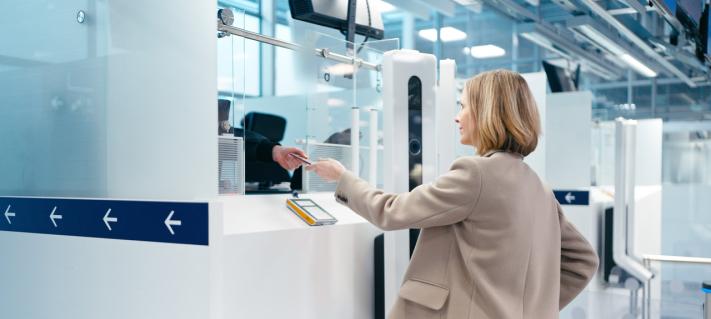To celebrate Finland’s centenary, Finavia is publishing a ten-part series on the history of Finnish aviation from the last ten decades. This instalment focuses on the 1970s.
The beginning of the 1970s was a time of rapid growth for Finnish air travel. Flying became a more popular way for Finns to spend their leisure time, and people started to travel to the South for holidays. Air travel also benefited from a lengthening of the annual holiday, which was set at a minimum of four weeks in 1973.
“The period of radical growth subsided in 1973 when the international oil crisis hit,” says Valeri Saltikoff, Exhibition Manager at the Finnish Aviation Museum. “The rise in fuel prices hit airlines hard, as they could not make any sudden price hikes to flight tickets due to international regulation.”
Despite the oil crisis, air travel still kept on growing.
“Passenger numbers still increased, although not as rapidly as before,” continues Saltikoff.
The oil crisis also drove the legendary Finnish Spear Air airline into bankruptcy. Spear Air was founded by infamous low-cost travel entrepreneur Kalevi Keihänen. When the bankruptcy hit, Spear Air’s planes – and passengers – were temporarily stuck at their destinations around Europe, as the airline could not afford the fuel to travel home.
Supersonic aircraft gain popularity – but wide-body aircraft win the race
The 1960s saw a rapid development of passenger planes, and in the 1970s, it was widely believed that supersonic aircraft would become the mainstream of flying.
The British-French Concorde and Soviet Tupolev Tu-144, both supersonic aircraft, were both carrying passengers at the end of the 1970s. Despite popular opinion, this type of aircraft did not become the norm. Although a few Concorde flights stopped by in Finland during the 1980s, the Finnish aviation industry never made use of supersonic aircraft.
”Eventually the running costs became too high, as supersonic aircrafts consume large amounts of fuel,” tells Saltikoff.
However, another type of aircraft emerged and changed aviation in the 1970s: the wide-body aircraft, the first commercial model being the Boeing 747 i.e. the so-called jumbo jet.
"Wide-body aircraft were able to carry more passengers while keeping fuel consumption reasonable. They quickly became a must for airlines,” Saltikoff says. “Unfortunately for Finnair, they had just renewed their fleet with several DC-8 narrow-body aircraft at the end of the 1960s.”
For this reason, it took until the mid-1970s for Finnair to launch its own McDonnell-Douglas DC-10 wide-body aircraft fleet.
"Wide-body aircraft also changed the way airports were built, as they demanded larger hangars. The first passenger bridges at Helsinki Airport were built upon the arrival of wide-body aircraft,” shares Saltikoff.
Aircraft hijackings garner attention
The security of air travel also became more of an issue during the 1970, especially because of several aircraft hijackings. To prevent hijackers, security checks became a norm at airports during this decade.
"Helsinki Airport had its first security checks in 1973, first as random checks that especially targeted the more politically volatile destinations during the Middle East crisis, namely the US and Israel,” says Saltikoff.
Finland also saw the first (and almost the last) airplane hijacking cases in the 1970s. The first was a Soviet flight headed to Leningrad from Petroskoi, hijacked by two Soviet men attempting to flee to the West.
"They were headed for Sweden, but due to low fuel levels, had to land at Helsinki Airport. Because of a treaty between Finland and the Soviet Union, the men were sent back to the Soviet Union," Saltikoff says.
Another hijacking took place on a domestic flight. In September 1978, Aarne Lamminparras, a bankrupt ex-businessman from Oulu, hijacked a plane headed to Helsinki from Oulu by threatening the captain with a handgun.
Lamminparras held the plane crew hostage for over 20 hours, with the plane flying first back to Oulu, then to Amsterdam via Helsinki and back to Finland again.
During the hijack, Lamminparras also demanded and received 750,000 Finnish marks in ransom money. Finally, the hijacker had the plane fly back to Oulu where he asked to spend one last day with his family before he’d turn himself in. Finnish police caught Lamminparras at his home. The five crew members and 43 passengers of the flight all survived the hijacking unharmed.
"The case was, of course, headline news all over the media, and was even turned into a movie in 2013,” Saltikoff says.
First routes to Asia open and the CSCE brings world leaders to Helsinki
The 1970s were also a time of internationalisation for Finland. In 1973 Finland – and Helsinki Airport – were at the centre of world politics as leaders from around the world flew to Helsinki for the Conference on Security and Co-operation in Europe. Among others, the conference was attended by Soviet head Leonid Brechnev, US president Gerald Ford, Frech president Valéry Giscard d’Estaing, Swedish prime minister Olof Palme, leaders of both West and East Germany Helmut Schmidt and Erich Honecker as well as Romanian president Nicolae Ceaușescu.
In the mid 1970s, Finnair also opened the first regular flight connection from Helsinki to Asia.
"The Helsinki-Bangkok route opened in 1976, and signalled the beginning of growing connections between Helsinki and Asia, which are at the core of both Finnair and Helsinki Airport’s growth today,” Saltikoff says.
The next instalment in this series will share the story of Finnish aviation in the 1980s.
Read the previous instalments in the series: 1910, 1920, 1930, 1940, 1950, 1960



